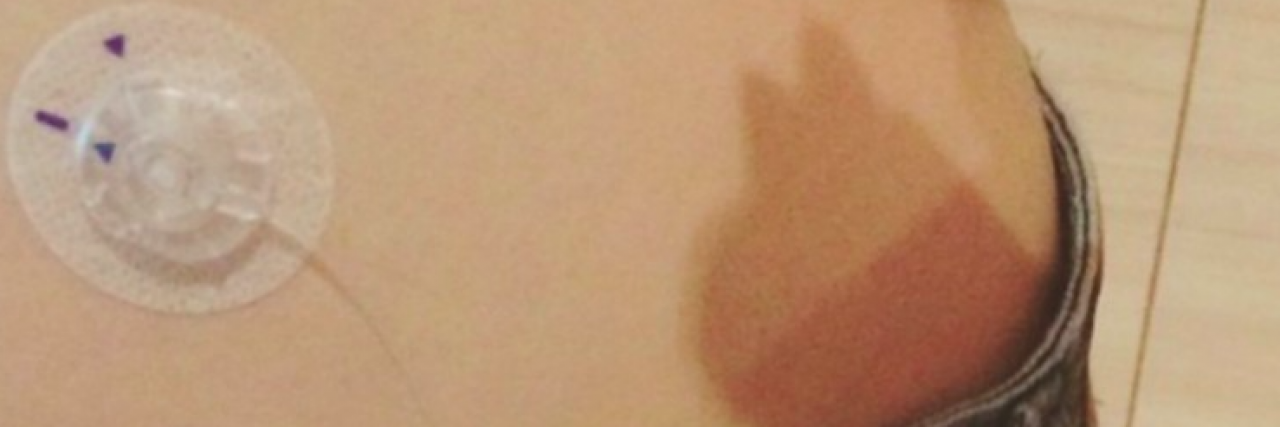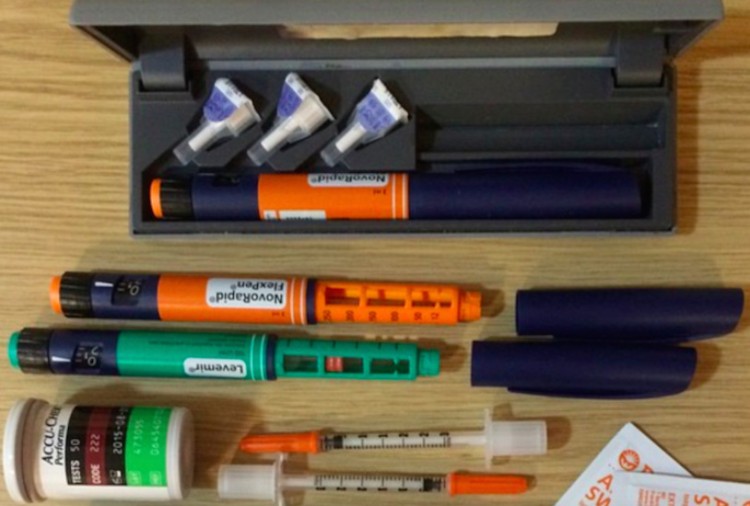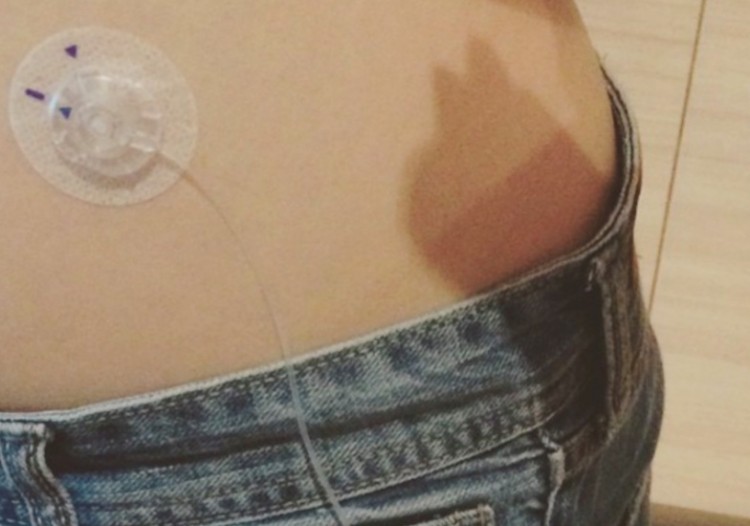It took a transit at the airport in Istanbul, Turkey, to prompt me to change my mindset about my chronic disease. I’ve had type 1 diabetes for 16 years. The thing about being born with a disease or diagnosed at such a young age is that you grow up accepting whatever your parents tell you about it. If they’ve got fears and insecurities, you might adopt them. If they feed you positivity, and courage, you might grow into them, too.
Throughout those 16 years, I did three insulin injections per day. I’d never do them in public – I always went to the bathroom to do it. Only at home was I permitted to do it wherever I was at. It was normal for me.
You wouldn’t think that’s so bad, but it didn’t help my suppressive attitude toward a disease I’ll have to live with for the rest of my life.
In 2011, coming back from a family holiday in Greece, we waited for our next flight at the Istanbul airport. After we finished our dinner, I had to do my injection. As I got the kit out, my mom pointed to the man at the table opposite to us. I saw he had the exact same flexpen as I did, and he was doing his injection out in public, on the right side of his stomach. When I looked up to see what she was describing, he just finished his injection and was pulling the small needle out of his stomach. I watched.
Even though I still went to the bathroom to do my own injection after that, I remembered what my mom described, what I saw. And I wanted to learn from it.
The next time I had to do my injection, I told my parents I wanted to do it in public. No more hiding in toilets or changing rooms or whatever. No more.
That stranger changed my outlook on diabetes.
I don’t blame my parents for my previous outlook – they were just doing what they thought best to protect me. But I’ve grown up now, and it’s still my disease.
I’ve recently switched to an insulin pump, which allows for better blood glucose control. On our way to an extended family reunion, my dad made a scene about the cropped plaid shirt I chose to wear. You can see the “site” where the insulin pump connects to my body. He didn’t want it to be exposed in public.
But if you see it from this perspective: during a meal, I don’t ask you to go to the bathroom every time your pancreas is producing insulin to allow glucose to be absorbed from your bloodstream, so why must I hide my insulin intake?
If people stare, that’s their business, not mine. Constantly hiding the equipment I need to manage my disease is forcing me to hide a part of myself that’s brought about some of the best moments in my life. I’d prefer strangers’ questions over any incorrect silent assumptions any day.
To anyone else with diabetes out there, please know this: Your daily diabetic routine, whether it involves injections or pumps or otherwise, doesn’t make you inferior. It’s OK not to want to display this routine in public sometimes; it’s OK if you want to hide it from certain people if that’s your decision. But don’t let those who don’t want to see it make you feel like a part of you is unworthy of acceptance. Diabetes (however long or short one has had it) is an integral part of all of us, and like any other characteristic, it needs to be wholly accepted in order for us to move forward.



